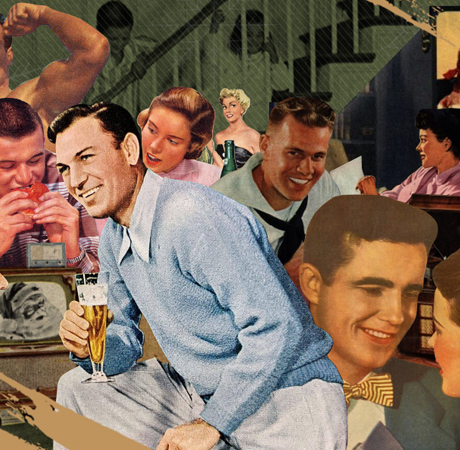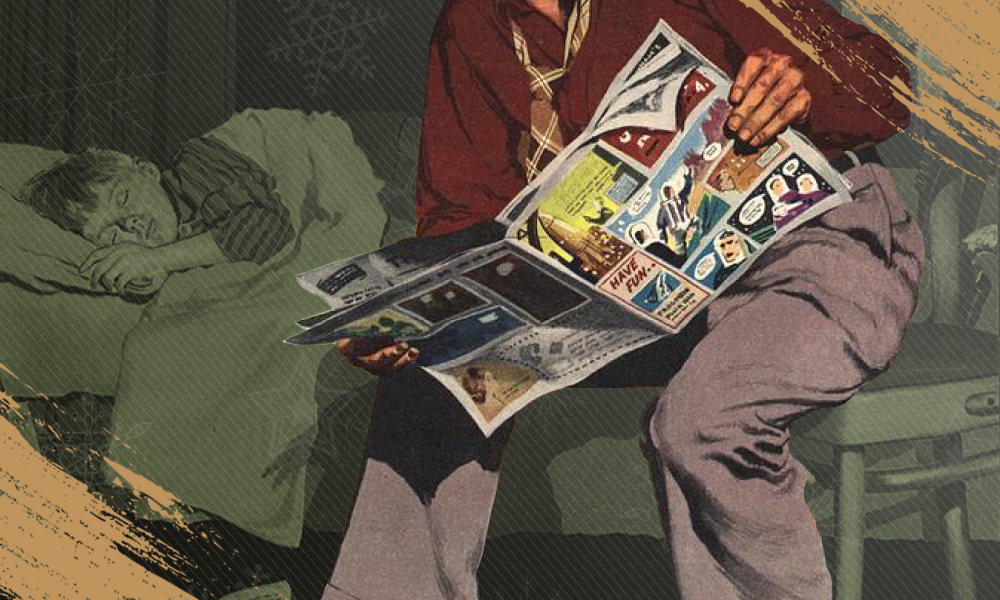With our lives in stasis over the last 20 months, we’ve all had a chance to pause, think about what matters, and, on the lighter side, discover or rediscover new hobbies and passions. The need for good books as well as time to read them can’t be emphasized enough. As the year edges closer and closer to its end, you might be looking to fill out your reading list. Good news: We have a handful of recommendations to cap off your 2021 in literature, from the highbrow to the absolute lowest brow.
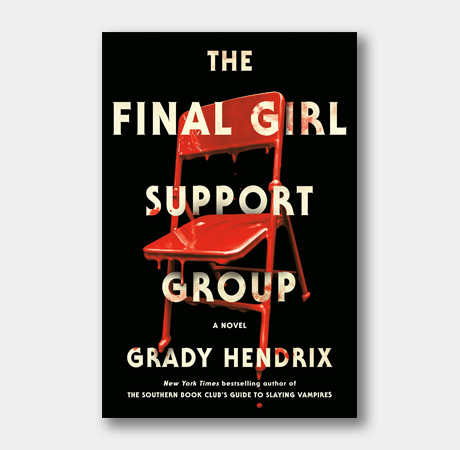
The Final Girls Support Group, Grady Hendrix
Though billed as a horror novel foremost, and influenced directly by one of horror’s most famous tropes, The Final Girls Support Group reads more like a thriller from the start than a slasher. The book orbits a half dozen women who, having survived massacres decades prior each committed by masked killers and each modeled after staple slasher films, meet up on a regular basis in a church basement to process their trauma. Then, one of their members is murdered, the group’s existence is exposed to the public, and the violence they’ve each been running from for their entire lives comes back to finish them off. The Final Girls Support Group may play better for horror devotees who know the slasher’s rules inside and out, but Hendrix keeps a tight pace and fleshes out his characters with such vivid personalities that they leap off the page. Whether you’re familiar or uninitiated, that human element is hard to resist.
Link
Warped and Faded: Weird Wednesday and the Birth of the American Genre Film Archive, Lars Nilsen
Austin-based film programmer Lars Nilsen gets the author’s credit here, but Warped and Faded is as much the product of his contributors – Ant Timpson, Kier-La Janisse, Chris Poggiali, Kat Ellinger, Zack Carlson, Harry Guerro, Mike Malloy, Gary Kent, plus countless others – as Nilsen’s fixation on the curation and preservation of grungy genre cinema. It’s 2021, and horror movies are the rage. Warped and Faded isn’t about horror exclusively, but the part that the Alamo Drafthouse’ Weird Wednesday series, a spotlight on outre genre cinema rarely shown before audiences, has played in horror’s modern endurance is undeniable. The oral history of Weird Wednesday and the eventual incorporation of the American Genre Film Archiva (AGFA) is engrossing on its own. The capsule reviews of the archive’s offerings are almost icing on the cake by comparison.
Link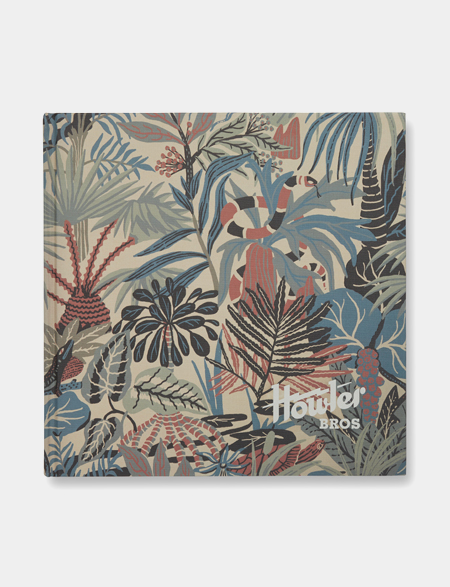
A Decade of Howler Brothers
[Partner] Beloved menswear brand is celebrating its tenth anniversary in style. A Decade of Howler Brothers is a coffee-table tome with 300 pages chock full of gorgeous photography and the high-quality products that we’ve come to expect from Howler Brothers. You’ll also be treated to a foreword by JT Van Zandt, fly fisherman and son of the late great Townes, along with an introduction by Howler Brothers’ founders. And it’s all wrapped in a stunning printed and blind embossed cloth hardcover. For style and outdoors enthusiasts, A Decade of Howler Brothers makes an excellent holiday gift and a great addition to any home.
Link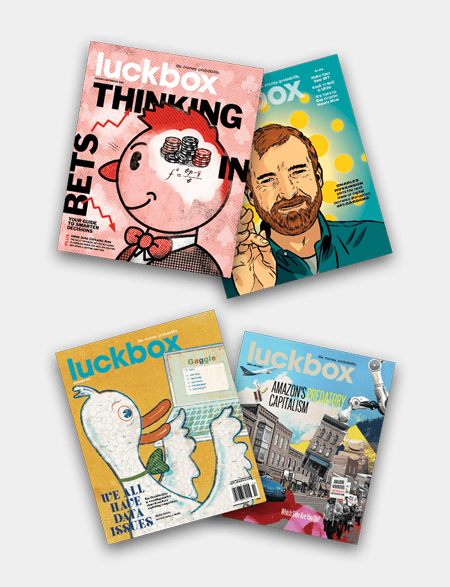
Luckbox Subscription
[Partner] While technically not a book, Luckbox is beloved by bibliophiles the world over. Luckbox is a print and digital magazine demystifying life, money, and probability. Through thoughtful research, “the control freak’s guide to probability”, presents timely insider investment ideas and dives into the worlds of gambling, books, music, spirits, side-hustles, and more. Plus, each issue of Luckbox includes an in-depth book review of a recent publication. Since 2019, no magazine has received more editorial and design awards than Luckbox including the Niche Magazine’s Best New Magazine, Best Single Issue, and Best Niche Business magazine. Luckbox is essential for creatives and aspiring overachievers and a subscription makes for a great gift. Best of all? A digital subscription is free and includes all prior issues. Add on an annual print subscription, which includes 10 issues, for $40.
Link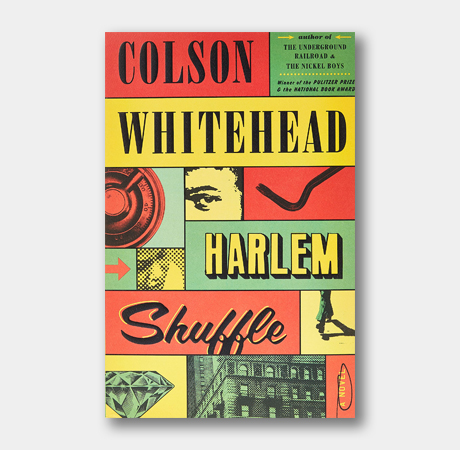
Harlem Shuffle, Colson Whitehead
The Intuitionist, Colson Whitehead’s first novel and first noir, takes place at an unspecified time in American history. Harlem Shuffle, his eighth novel and second noir, takes place over three separate years: 1959, 1961, and 1964. If you’re going to go back to where you started, you might as well widen the timeline. Harlem Shuffle embraces a classic crime fiction angle: that of good people turning to crime when cash is short and they’re left with no other options by life’s mounting inequities. Try as he might, Ray, Whitehead’s protagonist, can’t stay as honest as he’d like to, what with a second child on the way, and so he helps out his gangster cousin Freddie by fencing stolen goods. This, unsurprisingly, goes badly for everybody involved, but Whitehead’s dexterous prose makes Harlem Shuffle’s era-spanning heist gone wrong lively, even buoyant.
Link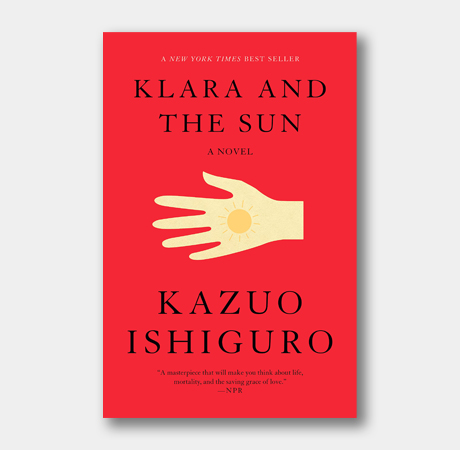
Klara and the Sun, Kazuo Ishiguro
What Klara and the Sun means to readers depends on what they bring to it more so than most books. Is it just a Cancer Kid novel, a narrative that capitalizes on terminal illness for maximum emotional oomph? Is it a critique of the pressure to perform that’s placed on not only kids, but their parents, who feverishly look for ways to game the system and eke out an advantage for their children? Is it a tale of humanity, and what being human actually means? Is it Kazuo Ishiguro’s attempt at figuring out what defines a meaningful, or “good,” life? Even if you lean toward the first of these, there’s no use arguing against the transporting quality of Ishiguro’s writing.
Link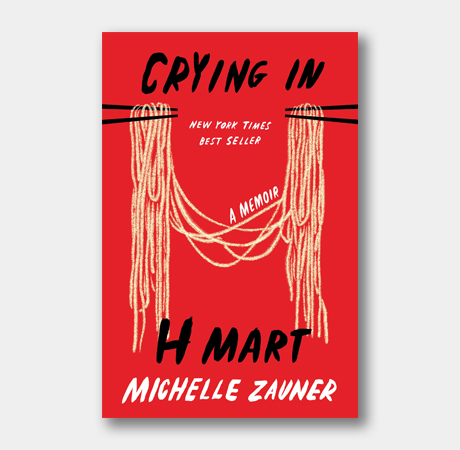
Crying in H Mart, Michelle Zauner
Michelle Zauner, frontwoman of the indie rock outfit Japanese Breakfast, strayed from the Korean side of her identity as a teen, then circled back around to it in adulthood as she sat helplessly watching her mother die of cancer. There’s a bittersweetness to the circular nature of her journey. Zauner lost her mom, but stepped into her identity as a byproduct of her loss. Crying in H Mart, an expansion of Zauner’s same-named 2018 New Yorker essay, connects the dots between food and comfort with evocative power. Most of all, the book does what so few cancer narratives dare to: Present a frank perspective on what cancer’s devastation looks like instead of sugarcoating it.
Link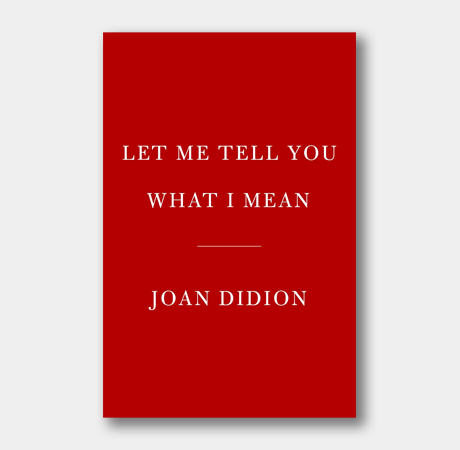
Let Me Tell You What I Mean, Joan Didion
The latest collection of essays from Joan Didion, a pioneer of the New Journalism style, were previously published between the years of 1968 and 2000 and assembled here without a particular order in mind. The placement of each feels ambivalent, as if Didion decided how to organize the book with a game of darts. However they’re collated, these pieces show the author at her best: Sharp, clear-thinking, blunt, and to the point, except for those times when she’s gentler, meandering, and hilarious in her signature droll voice.
Link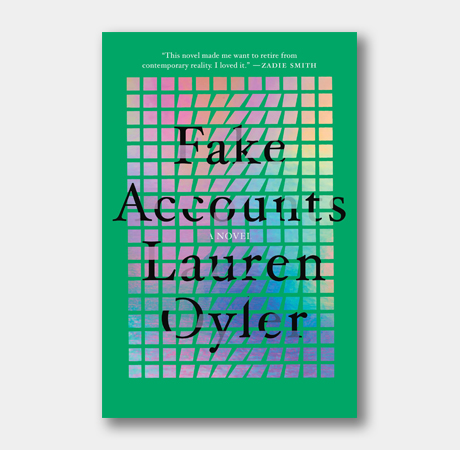
Fake Accounts, Lauren Oyler
“Let’s revisit Donald Trump’s inauguration” is about as inviting a plot conceit as conceivably possible, but Lauren Oyler’s Fake Accounts makes it work from the outset with a little bit of wish fulfillment: When her protagonist discovers her boyfriend’s hidden life as a conspiracy loon on Instagram, she plans to break up with him and move to Berlin, a brilliant scheme for all the distance it puts between her and late 2010s America. Oyler writes in enticing prose, and with incisive wit, about deception in the era of social media’s ubiquity. We all lie to each other. We rarely own up to how much we lie to ourselves.
Link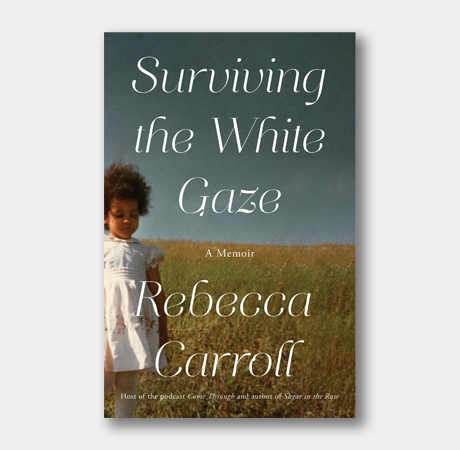
Surviving the White Gaze, Rebecca Carroll
Leave it to New Hampshire, Vermont’s dilapidated cousin, to make the already complicated idea of reconciling identity as the Black child of adoptive white parents even more fraught. In the memoir of her youth in the Granite State’s rural reaches, Rebecca Carroll is vulnerable at her own peril. To reveal as much as she does about the dynamics of race and adoption couched in her personal experiences is to put herself at risk in ways most of us can never dream. But Carroll’s gambit pays off with a startling story of self-realization.
Link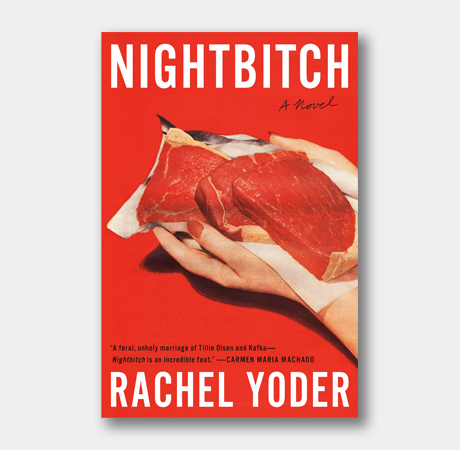
Nightbitch, Rachel Yoder
If the logline of Rachel Yoder’s debut novel sounds familiar, then congratulations: You’ve seen Marianna Palka’s 2017 film Bitch and can not only appreciate the similarities between it and Nightbitch, but the bitter comedy of Annapurna Pictures’ plan to adapt the book into a film. Granted, there are key differences between Palka’s work and Yoder’s. In Nightbitch, the unnamed protagonist, referred to only as “the mother,” actually physically transforms into a dog instead of suffering a mental break and acting like one. The Kafka quality adds visceral power to a story about the pressures of contemporary young motherhood.
Link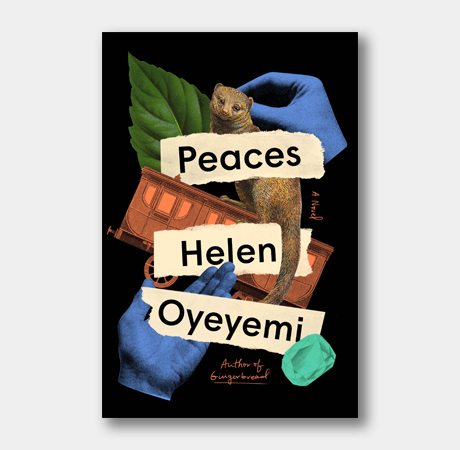
Peaces, Helen Oyeyemi
The sun rises in the east and sets in the west. The sky is blue. The Earth is round. Helen Oyeyemi is a supremely talented novelist. One of these things isn’t like the others, but the reliable genius of Oyeyemi’s work keeps her in a cosmic league, even when said work is as curious as Peaces. It helps to think of the book in terms of Agatha Christie, but only just. It isn’t common in Christie novels that the train the protagonists are on lacks an established destination, or that the protagonists are traveling with a pet mongoose. Should these little details give you cause to scratch your head in puzzlement, all the better.
Learn More